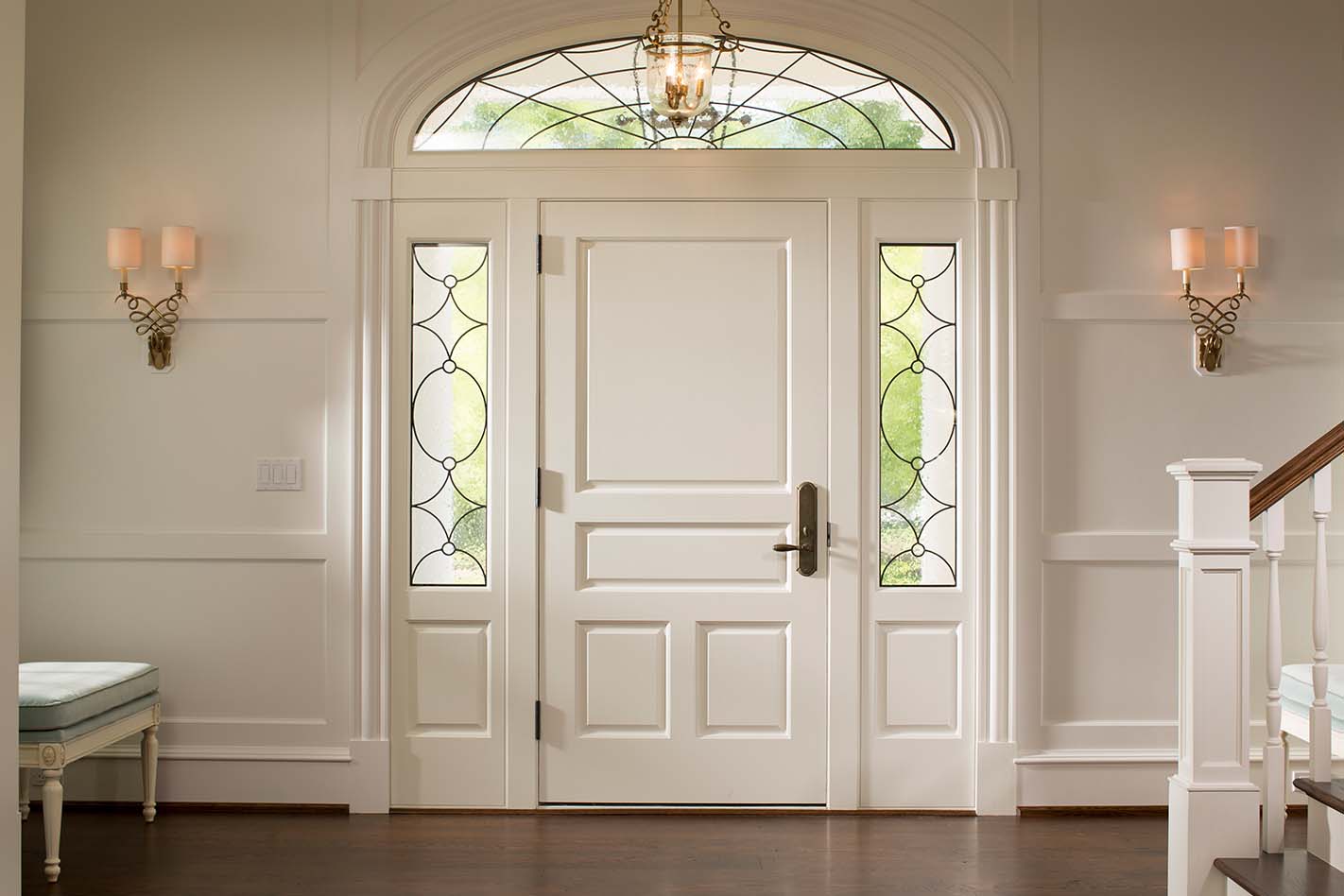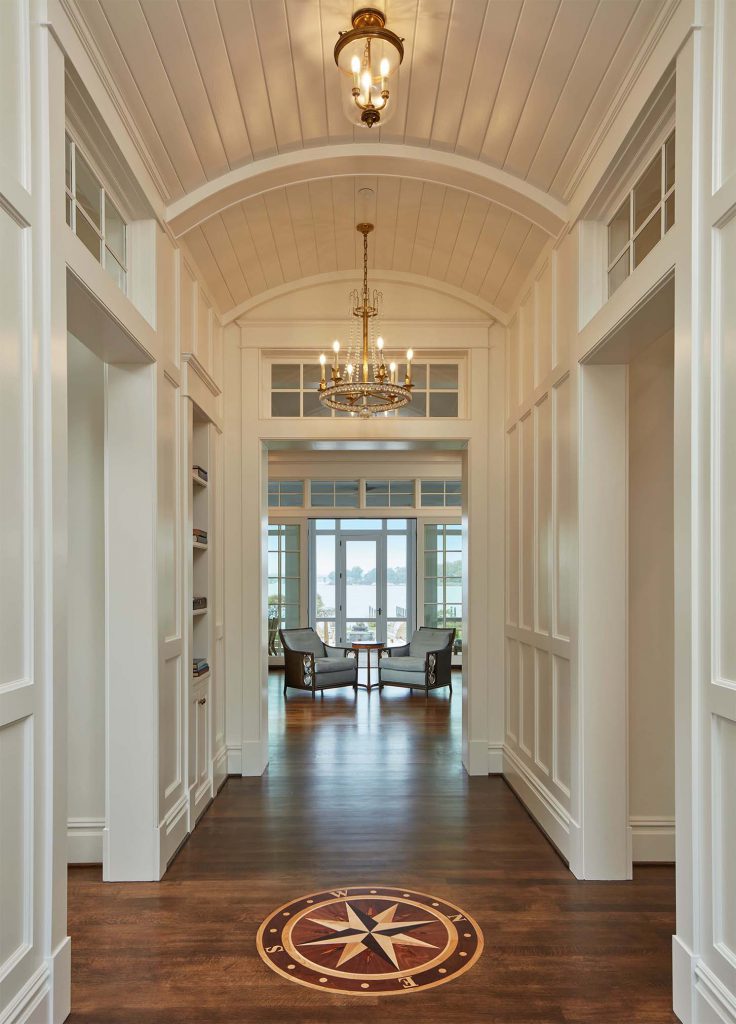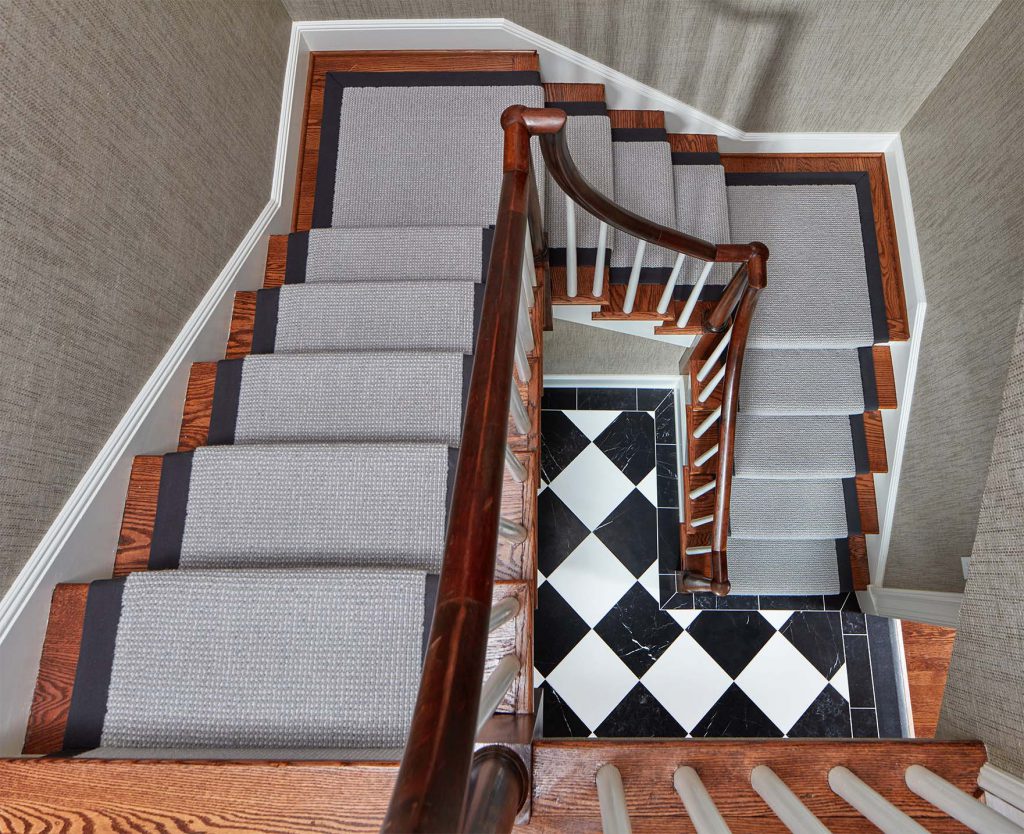Architects Don’t Do Math
Every architect has probably had the experience of telling a new acquaintance they’re an architect, and being told, “I always wanted to be an architect, but I couldn’t handle the math.”
While it’s true that most architects have to take calculus in school, the reality of architectural practice is that there’s very little math involved, at least in terms of calculations or high-level mathematical concepts. What architects do need is a good understanding of three-dimensional geometrical relationships and the ability to envision a space and its component parts. While it may be related to geometry or trigonometry, this type of understanding also shares many concepts with the visual arts such as symmetry, balance, composition, and proportion having equal or greater weight than numerical precision.
Yet the misunderstanding of the role of math in architecture isn’t too surprising – many people never need to hire an architect, so their personal experience with the profession is limited. Also, architecture is a fairly small profession. The National Council of Architectural Registration Boards (NCARB), whose membership consists of the licensing boards of the U.S. states and territories, reports 115,316 licensed architects in the United States in 2019. By comparison, there are over 600,000 Certified Public Accountants, 1.1 million medical doctors, and 1.3 million attorneys.

So what do architects really do? The simple answer, which almost anyone can give, is that architects design buildings. However, that seemingly simple word “design” encompasses a wide variety of tasks, which take many different forms throughout the design process. Far more than simply making the building look beautiful, designing is fundamentally the process of synthesizing multiple, sometimes competing (if not outright contradictory), needs and priorities into a single, harmonious building.
Early design sketches must balance relative room sizes and adjacencies, circulation patterns, views, functional relationships, and dozens of other factors to create a practical and pleasing design. As a design develops, the architect must respect the realities of construction, using materials and building systems appropriately to ensure the building’s durability and function. Architects must coordinate their own work with the work of consultants such as structural and civil engineers and other designers such as interior designers and landscape architects. Elements like structural beams and columns, heating and ventilation ducts, and piping systems must be incorporated into the building without causing conflicts with other systems and design priorities. Specialized systems such as lighting control and audio/video installations bring their own concerns that must be addressed. Building and zoning codes bring requirements to safeguard occupants and conform to desired patterns of development.


Architects have often been compared to the conductor of an orchestra, responsible for the oversight of numerous different groups of musicians. It’s a good analogy, since the architect is the one responsible for making sure the work of the different consultants, designers, and contractors comes together to create a finished project that meets all project requirements, whether they are visual, technical, or regulatory. Even if we do leave most of the math to the engineers…
Written by Alan Cook, LEED AP, Studio Director
Since 2014, Alan Cook has brought his passion, leadership, and expertise to Purple Cherry Architects. With a deep understanding of environmental design, coupled with over twenty years’ experience, Alan brings to each project a valuable interdisciplinary perspective. A graduate of Syracuse University School of Architecture, Alan has extensive experience with custom residential, historic preservation, adaptive reuse and commercial projects. He notes, “My passion for architecture is fueled by the fulfilling aspects of problem-solving combined with the delight of helping clients create homes of remarkable beauty and functionality.” Outside the office, Alan serves on the board of Girls on The Run Greater Chesapeake.
